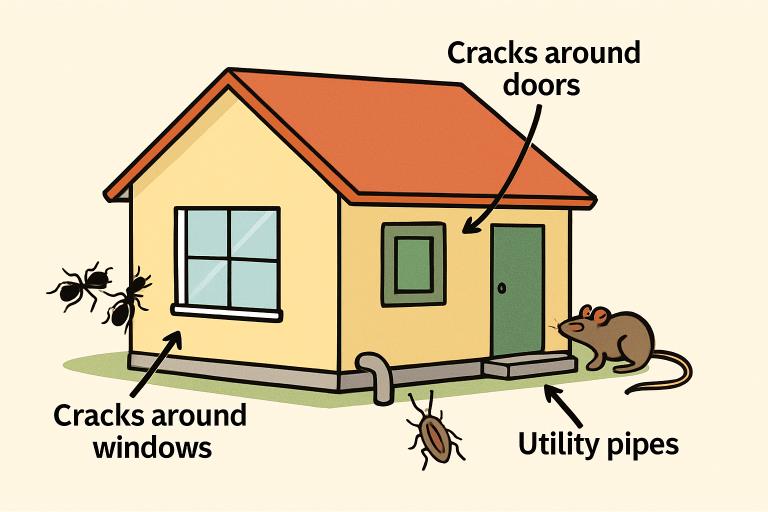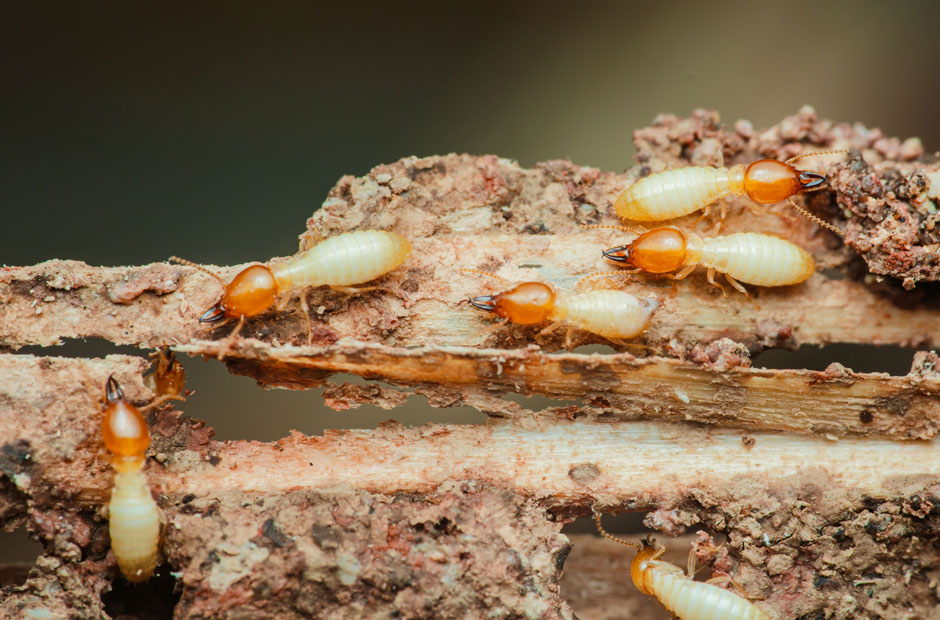Now Reading: Smart Strategies for Preventing Common Household Pests
-
01
Smart Strategies for Preventing Common Household Pests
Smart Strategies for Preventing Common Household Pests

Key Takeaways
- Proactive approaches are more effective than reactive ones in pest prevention.
- Understanding pest habits is key to stopping infestations before they start.
- Simple household maintenance can make a big difference in deterring pests.
- Data and research support regular inspections and safe cleaning practices.
- Non-chemical prevention tips can protect families, pets, and the environment.
Why Prevent Pests Instead of Reacting?
Addressing pest issues before they become infestations can save homeowners significant money, time, and stress. A well-planned prevention strategy means fewer disruptions and better long-term protection from potential health hazards, such as allergens and disease. For those living in areas prone to pests, working with professionals like an exterminator in Weston is a smart way to avoid problems and ensure your living environment remains safe for your family.
Prevention strategies supported by medical and scientific experts, such as those cited by the Centers for Disease Control and Prevention (CDC), have consistently shown that proactive measures not only stop pests but also limit the health risks associated with infestations. From allergic reactions triggered by cockroach droppings to property damage caused by rodents or termites, the impact of pests extends far beyond inconvenience.
Types of Common Household Pests
The most common household pests include ants, cockroaches, rodents, spiders, and occasionally termites or fleas. Each has unique behavior, food preferences, and nesting habits, which means one-size-fits-all solutions often fall short. Instead, familiarizing yourself with local pest patterns and learning to recognize early warning signs are crucial for effective prevention.
According to the U.S. Environmental Protection Agency (EPA), integrated pest management (IPM)—which relies on a blend of physical, biological, and cultural methods—is more effective than repeatedly applying chemical solutions. Focusing on pest-specific vulnerabilities helps minimize the chance of recurring infestations.
How Pests Find Their Way Indoors
Pests exploit the smallest opportunities to invade a house. Entry points include cracks in the foundation, unsealed doors or windows, damaged screens, or gaps around utility pipes. In fact, rodents can squeeze through holes as small as a quarter-inch wide, while insects need even less space. Regular inspections of your home’s perimeter, attic, and crawl spaces can help catch these vulnerabilities early, making it harder for pests to get comfortable inside.
Simple Preventive Steps Anyone Can Take
- Seal cracks and entry points with weatherproof caulking or steel wool.
- Store exposed foods in airtight containers to reduce attractiveness to pests.
- Empty trash frequently and use bins with tight-fitting lids.
- Fix leaky faucets and pipes immediately to cut off water sources for pests.
- Clear away yard debris and leaves from the foundation to limit hiding spots.
Implementing these habits consistently maintains a cleaner and less inviting home for unwanted creatures. Taking these easy preventive steps is an important line of defense.
Effective Barrier Methods to Deter Pests
Physical barriers are especially effective for keeping pests at bay. Installing window screens and door sweeps closes off major access points for insects and rodents. Expandable foam or copper mesh can tightly seal gaps around pipes, and mesh vent covers keep out larger animals like squirrels or birds. Proactive measures like these are typically recommended by pest experts published in leading sources like The New York Times Home & Garden, emphasizing barrier methods as essential to any integrated pest management strategy.
When Prevention Isn’t Enough: Signs You Need Extra Help
Even the most diligent homeowners may occasionally face persistent pest issues. Warning signs such as repeated sightings of droppings, gnaw marks, nests, or evidence of structural damage signal the need for professional intervention. Seeking the expertise of licensed pest control professionals ensures that infestations are dealt with thoroughly and safely, often using tailored solutions to prevent recurrence—protecting your home and your loved ones.
Eco-Friendly Prevention Techniques
As awareness of chemical hazards grows, families seek greener pest prevention alternatives. For example, vinegar and essential oils like peppermint, eucalyptus, or lemon can discourage ants and spiders. Diatomaceous earth, a non-toxic powder, is effective against soft-bodied insects when sprinkled in trouble spots. Eco-friendly approaches minimize toxic exposure, making homes safer for children and pets and benefiting the surrounding environment.
Staying Informed with Latest Pest Research
Pest prevention is a field that continues to evolve. Innovations, new non-toxic products, and improved detection techniques are regularly discussed in reputable sources, such as university extension programs and government health agencies. Staying current by consulting resources like the Penn State Extension’s Pest Management portal ensures your prevention methods are informed by the latest research and most effective science.
Conclusion
There’s no way to guarantee you’ll never see a pest, but building a prevention plan rooted in reliable research and time-tested best practices drastically reduces risk. Proactive habits, reinforced barriers, and ongoing education will help ensure your home remains healthy and pest-free for years to come.





















